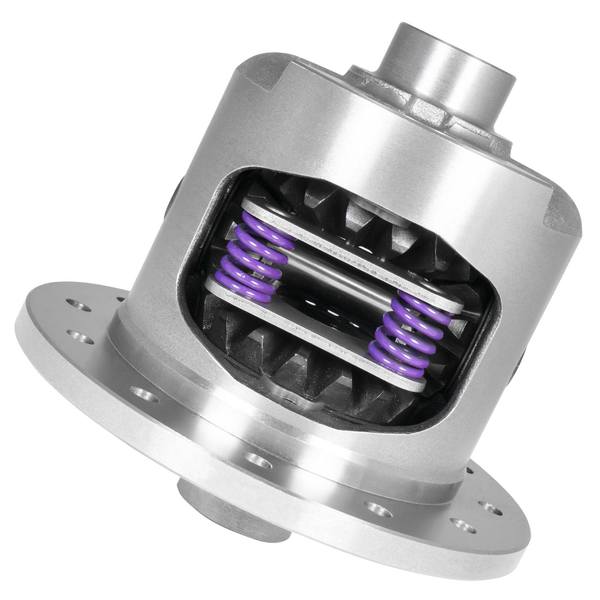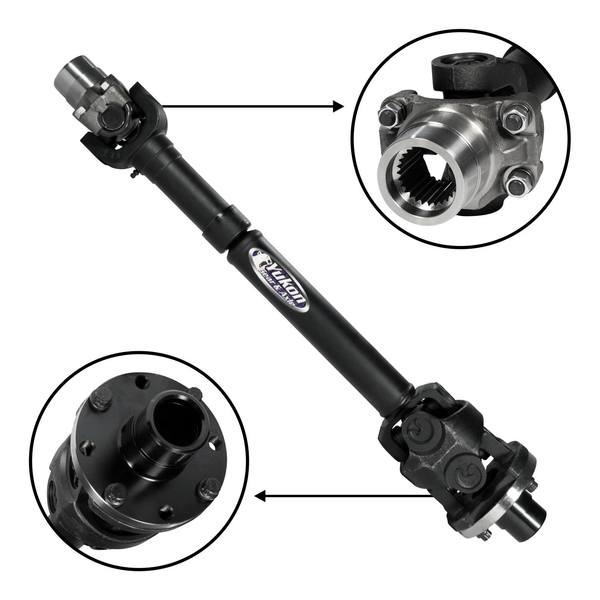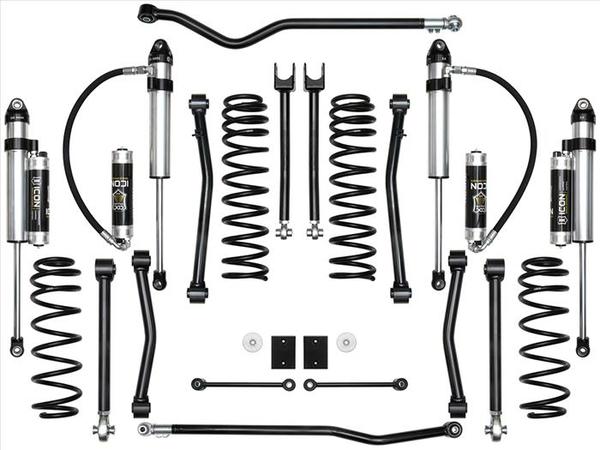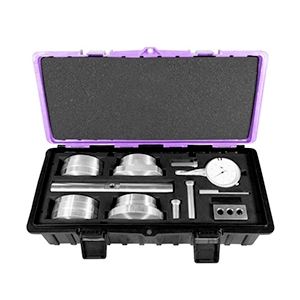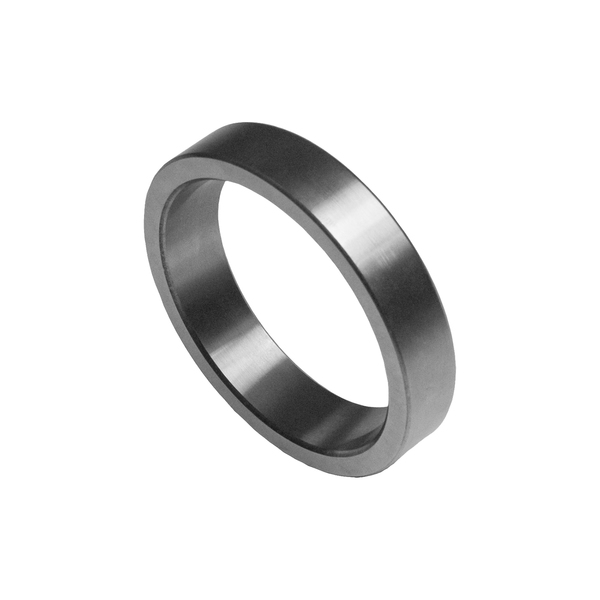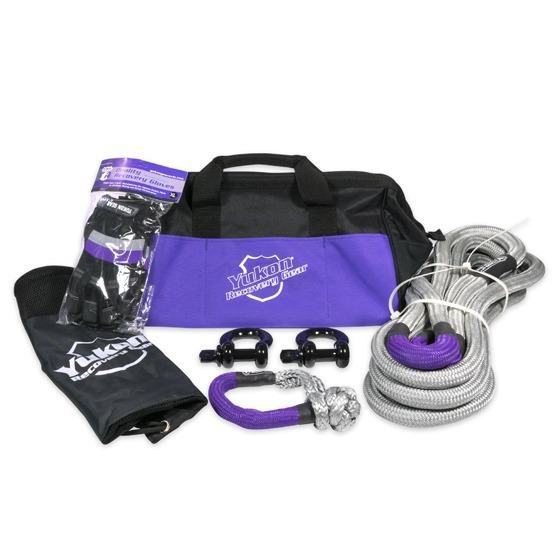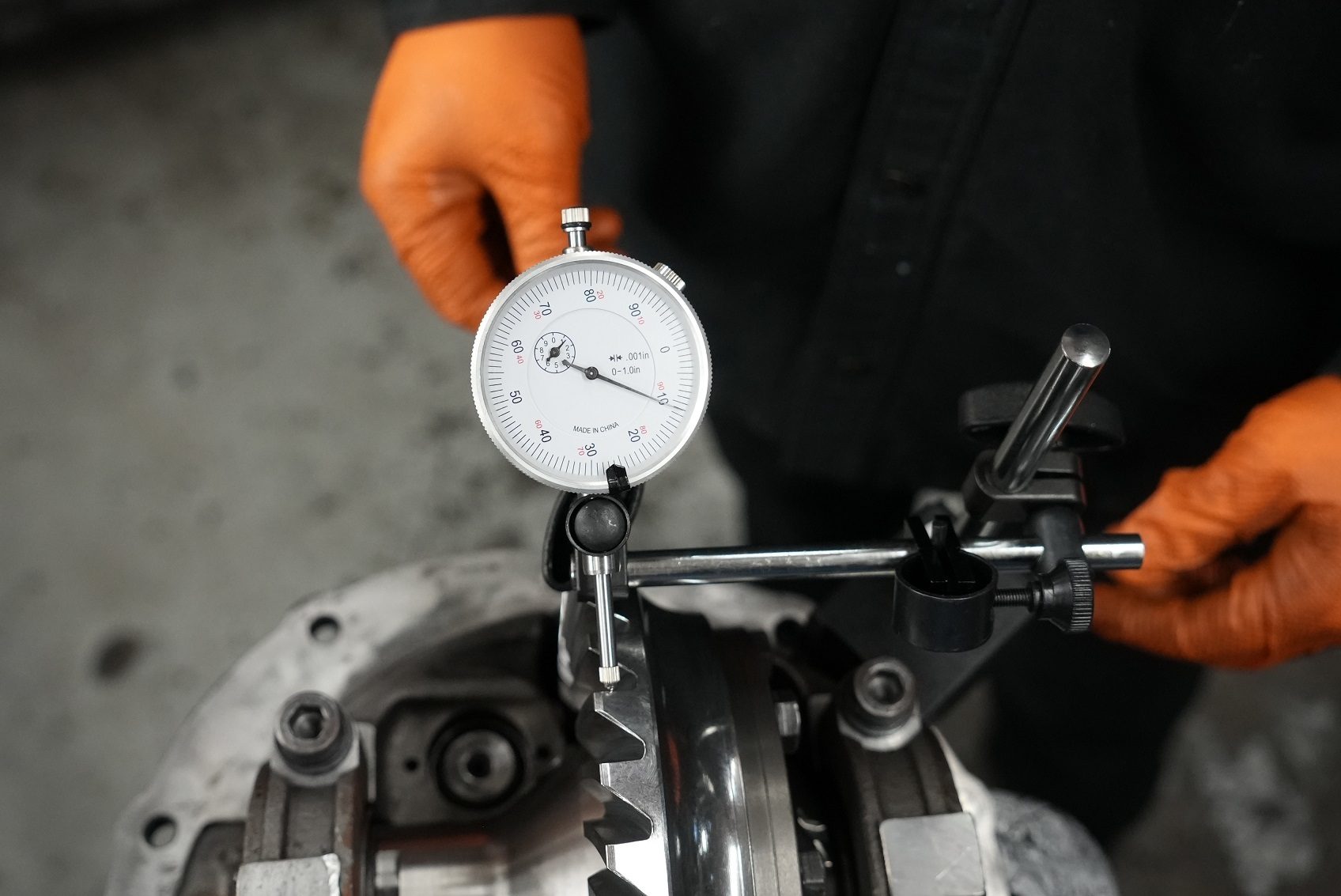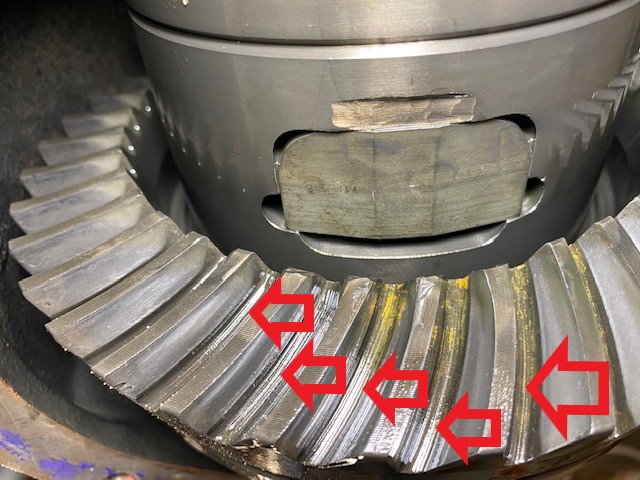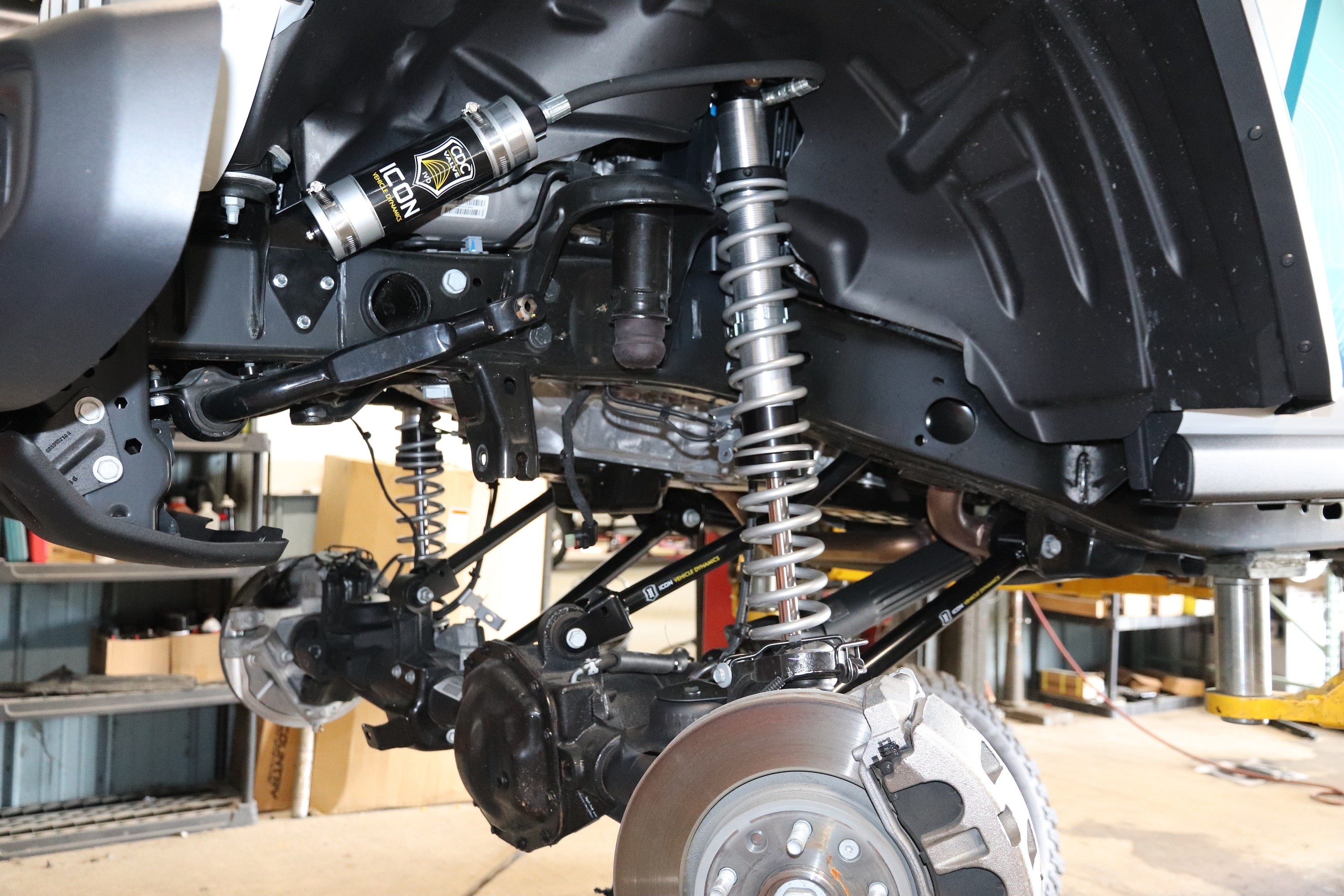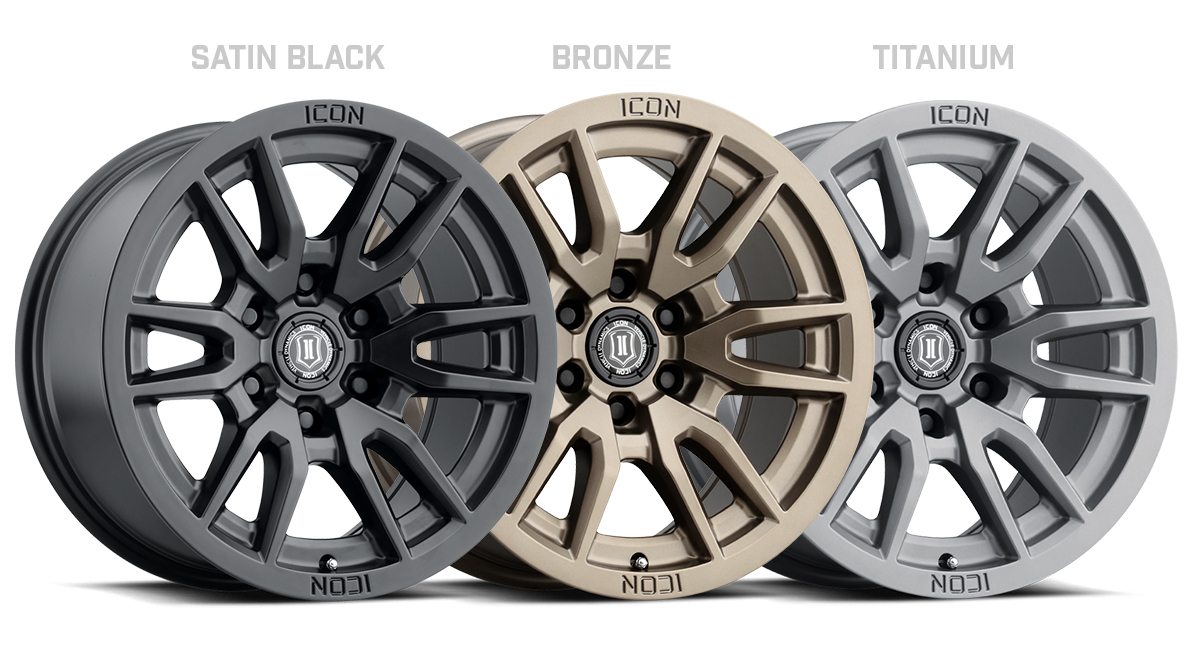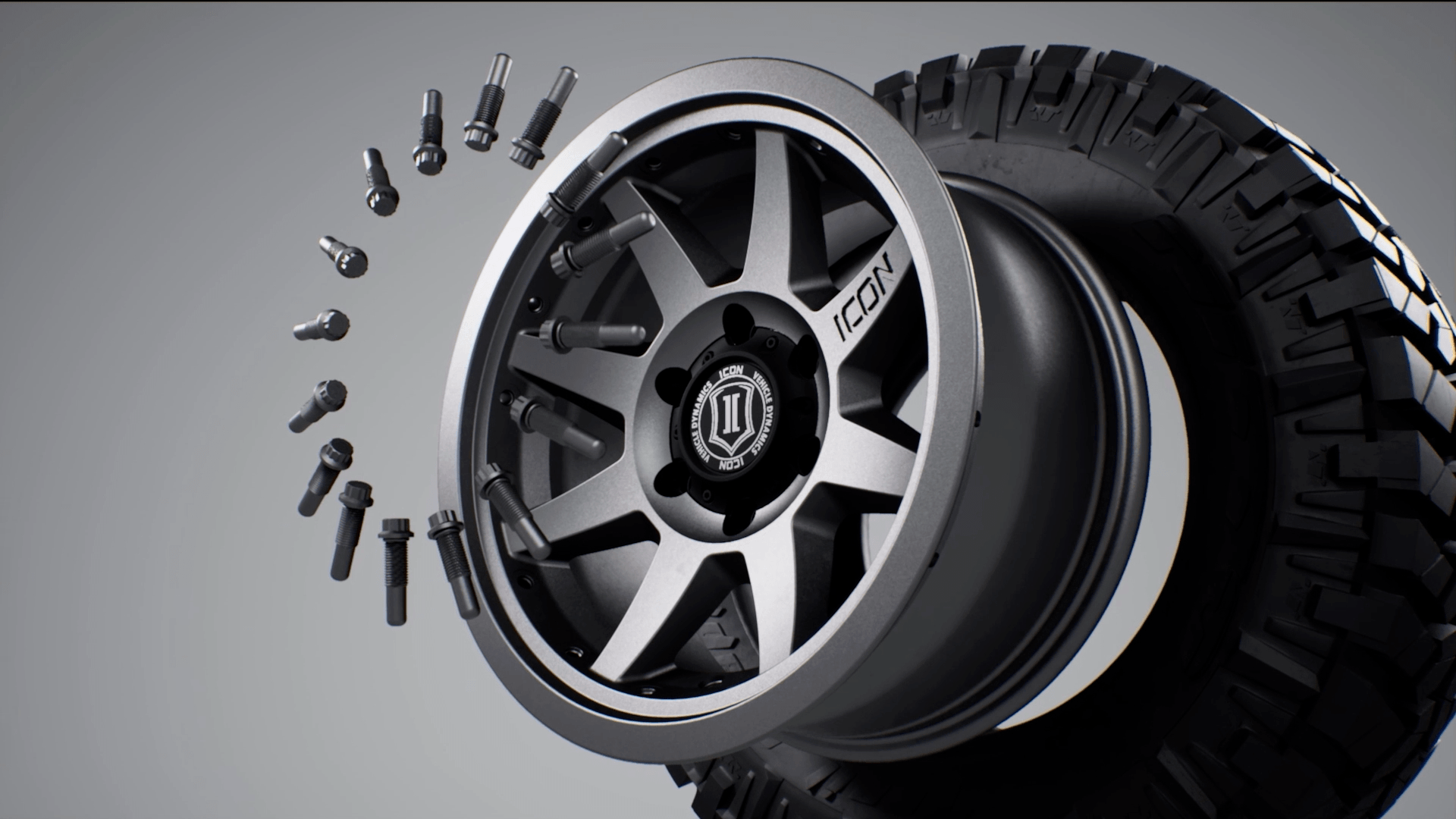There’s a lot riding on your axles… literally. There are all kinds of variables at work here… one of the more misunderstood is axle type. There are two styles of axles used in the rear of light-duty, four-wheel-drive trucks and SUVs; semi-float and full-float.
Understanding Semi-Float Axles
A semi-float axle features splines on its inner end to connect with the differential carrier. It rides on an outer bearing, which supports the weight of the vehicle. In semi-float applications the wheel is bolted directly to the axle via a flange-and-wheel-stud setup.
Understanding Full-Float Axles
A full-float axle does not carry the load of the vehicle and does not have the wheel bolt directly to it. In this design wheel attachment is accomplished with a wheel hub. The hub is attached to a spindle that is that is amounted to the outer axle housing tube. The wheel hub is suspended via multiple tapered roller bearings. These component parts support the weight of the vehicle.
Pros & Cons
Size being equal, full-float axles are significantly stronger than semi-float axles. This added strength translates into higher load capacity which is advantageous when towing or during hardcore off-roading, especially on rigs with big-tire upgrades. If you go too extreme and break an axle on the trail, full-float axles can be removed while keeping the wheel attached and capable of rolling because the wheel does not rely on the axle for its ability to rotate, its wheel hub is completely independent of the axle shaft as it’s mounted to a spindle that’s fitted to the outer end of the housing.. no axle, no problem.

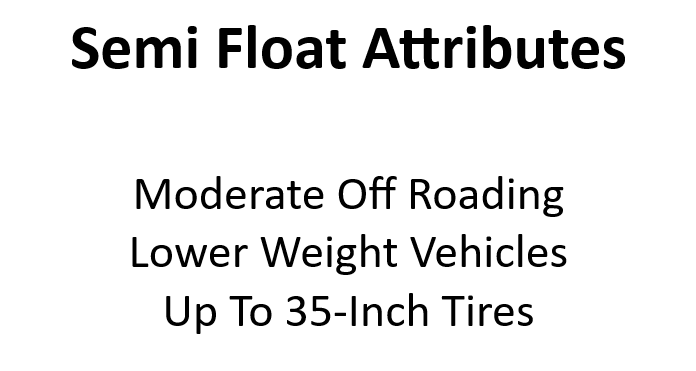
 AMC
AMC
 Chrysler
Chrysler
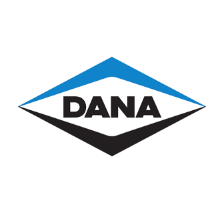 Dana
Dana
 Ford
Ford
 GM
GM
 Isuzu
Isuzu
 Nissan
Nissan
 Suzuki
Suzuki
 Toyota
Toyota
